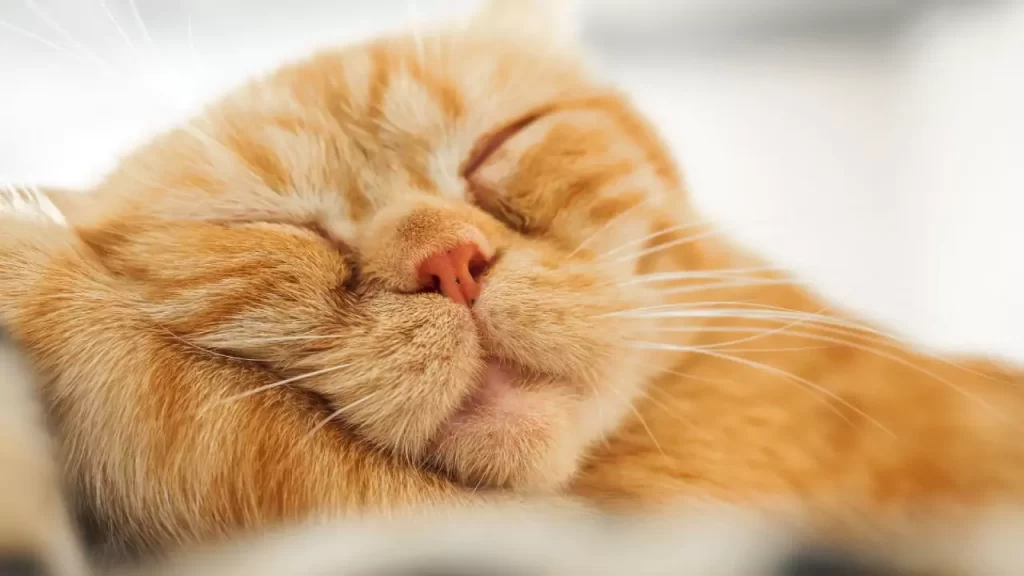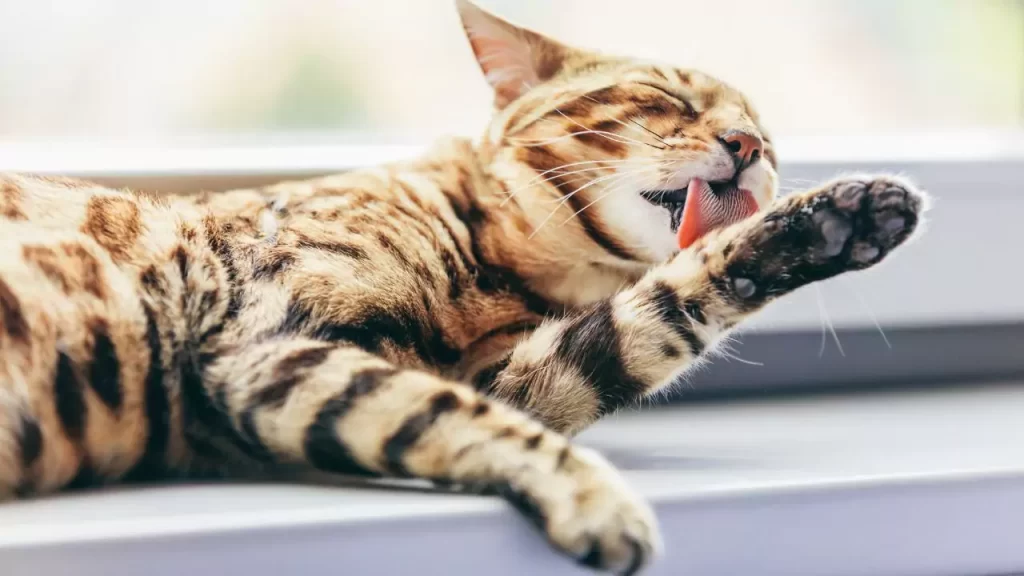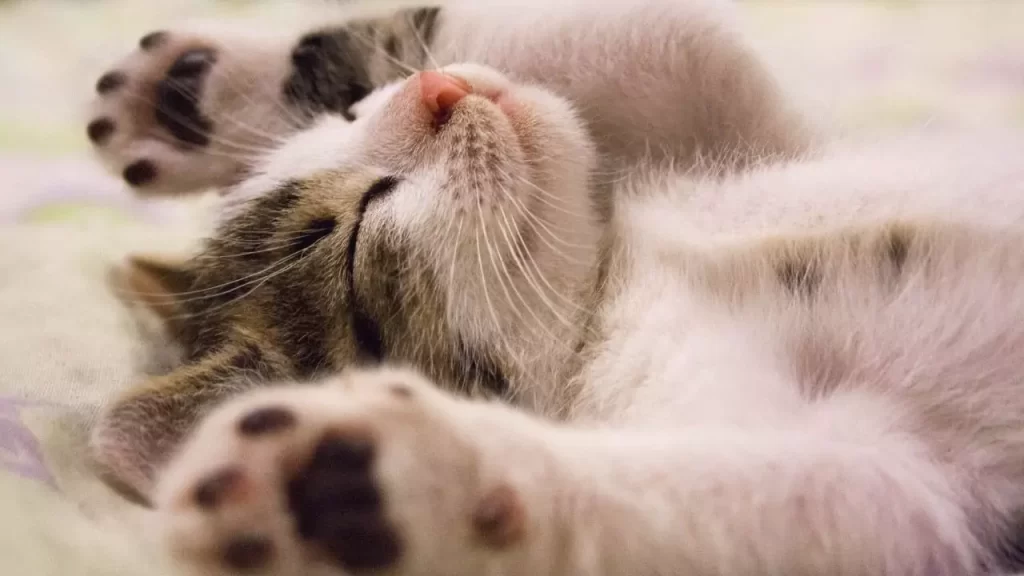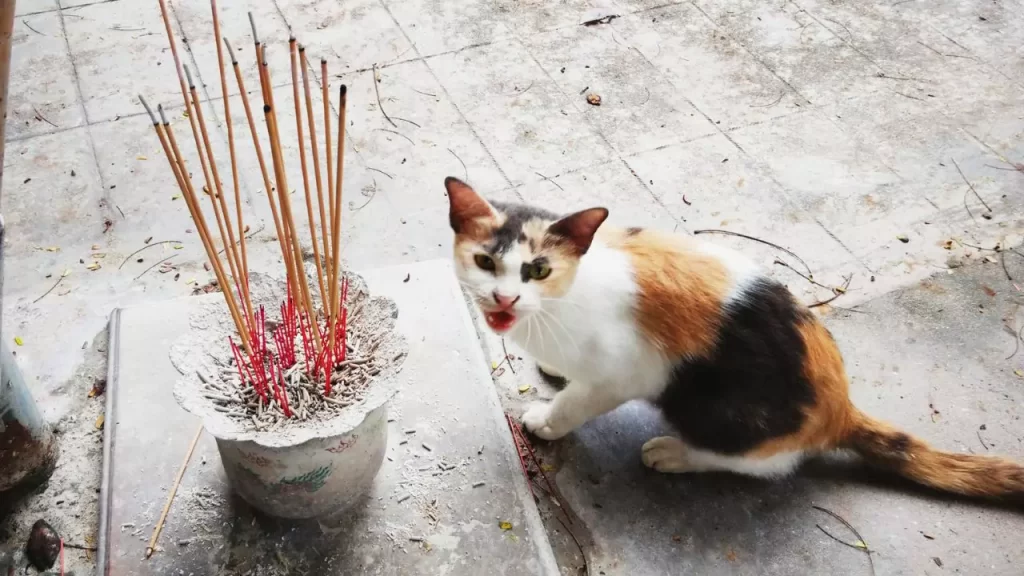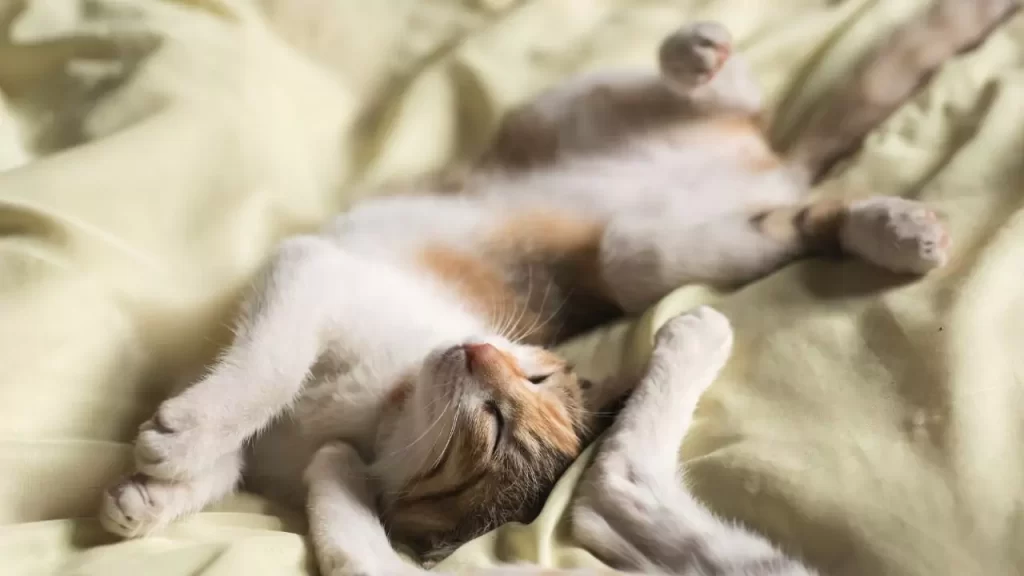Author: Dola Singha
Dola Singha is a cat enthusiast with a lifelong love for feline companions. She is an expert in all aspects of cat care, from nutrition and behavior to training and health.
Cats are known for their relaxed and sleepy nature. In fact, adult cats can sleep for up to 18 hours a day! There are a number of reasons why cats sleep so much, including their natural sleeping patterns, energy conservation, boredom, stress, and sickness or discomfort. The Natural Sleeping Patterns of Cats Cats are nocturnal animals, meaning they are most active at dawn and dusk. Most of their prey is most active at these times, so it seems sense that their ancestors would have adapted to hunt then. Today, even though cats no longer need to hunt for their food,…
Yes, cats are very clean animals. They are naturally very good at grooming themselves, and they spend a lot of their awake time cleaning themselves. The tongue of a cat is rough and has papillae on it. These are tiny hooks that help clean the tongue of dirt, trash, and loose fur. The Myth of Cats Being Dirty Pets Cats have often been unfairly labeled as dirty pets. This may be due to the fact that they like to roll around in the dirt and leaves, or because they sometimes bring dead animals into the house. But keep in mind…
Cats sleep an average of 12-18 hours per day, much more than humans. As crepuscular creatures, they are most active at dawn and dusk. Cats also have a polyphasic sleep pattern, meaning they sleep in short bursts throughout the day rather than in one long stretch. The Sleeping Patterns of Cats Average Sleep Time Cats sleep an average of 12-18 hours per day, but the exact amount varies depending on the individual cat’s age, health, and lifestyle. Kittens tend to sleep more than adult cats, and senior cats tend to sleep more than adult cats. Indoor cats also tend to…
Female cats cry at night for a variety of reasons, including boredom, loneliness, lack of exercise, medical conditions, and mating. If your female cat is crying at night, it is important to identify the underlying cause so that you can take steps to address it. Understanding Why Cats Meow at Night Cats are crepuscular, active at dawn and dusk. Nighttime activity is possible if they are bored or have other requirements. Here are some of the most common reasons why female cats cry at night: Medical Reasons for Nighttime Crying In addition to the behavioral reasons listed above, there are…
Yes, incense can be bad for cats. While it may not be immediately harmful, regular exposure to incense smoke can have adverse effects on your feline companion’s health. What is Incense? Incense is a material that is burned to produce a fragrant smoke, typically for religious, ceremonial, or therapeutic purposes. It is often made from natural ingredients such as resins, herbs, and wood. Some common types of incense include: Potential Dangers of Burning Incense Around Cats There are several potential dangers of burning incense around cats: Safe Alternatives to Burning Incense for Cat Owners If you enjoy the fragrance of…
Yes, cats can eat bananas. Bananas are not toxic to cats, and they can even offer some potential health benefits. However, it is important to feed bananas to cats in moderation, as they are high in sugar and calories. Are Bananas Safe for Cats? Bananas are not toxic for cats. The fruit does not contain any compounds that are harmful to cats, and it can be safely eaten in small amounts. However, it is important to note that bananas are not a necessary part of a cat’s diet, and they should not be given to cats on a regular basis.…
Cats are known for their peculiar behaviors, and kneading is one of the most common and endearing. This rhythmic pushing motion with their paws is often seen on soft surfaces like blankets, pillows, and even human laps. While the exact reasons for kneading remain somewhat elusive, there are several possible explanations for why cats engage in this behavior. The Natural Behavior of Cats Kneading is a natural behavior for cats, dating back to their kittenhood. When kittens are born, they instinctively knead their mother’s teats to stimulate milk flow. This behavior continues into adulthood, often as a way of expressing…
Cats are known for their peculiar behaviors, and one of the most common is kneading, also affectionately referred to as “making biscuits.” This endearing act involves rhythmically pressing their paws against a soft surface, often while purring contentedly. While the exact reason behind this behavior remains debated, there are several plausible explanations that shed light on why cats knead. Understanding Cat Kneading What is Cat Kneading? Cat kneading is a repetitive paw-pressing motion that typically involves pushing down and out, alternating between paws. This behavior is often accompanied by purring, which further enhances the comforting effect. Cats may knead on…
Cats are often mysterious creatures, but their sleeping positions can reveal a lot about how they’re feeling and how they view their relationship with their owners. If your cat sleeps on your bed, you’re in luck, because it’s a sign that they trust you and feel safe and comfortable around you. However, the exact spot on your bed where they choose to sleep can also provide additional insights into their personality and needs. Understanding Cat Sleeping Positions and Behavior Different Cat Sleeping Positions and What They Could Mean Here are some of the most common cat sleeping positions and what…
Have you ever wondered what might happen if you smile at a cat? Cats are intriguing animals because of the way they use body language to convey meaning. By deciphering their behavior, we can gain a deeper understanding of their emotions and develop a stronger bond with them. Understanding cat reactions is a crucial aspect of pet ownership, and smiling at a cat is no exception. In this section, we will explore the impact of smiling on cats and decipher their behavior to understand what happens when we smile at them. Understanding Cat Body Language: What Do Different Expressions Mean?…




